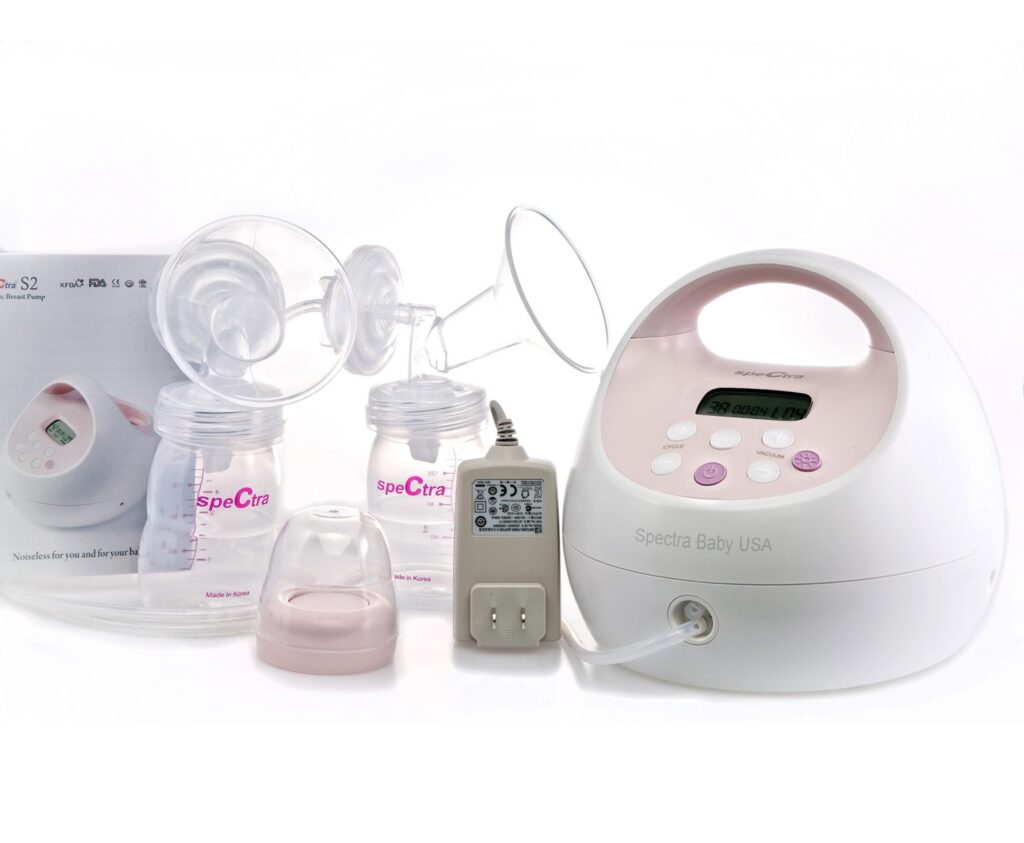The IBCLC’s Guide to Breast Pump Success: Top Picks and Flange Fit Essentials
By Milk Time Birth and Lactation
Breastfeeding and pumping require the right tools, education, and support. As an IBCLC, I’ve seen how proper flange fitting and pump selection can transform a parent’s journey. Below, I’ll share evidence-based recommendations to help you pump effectively and comfortably.
Top Breast Pumps for Every Need
Here are the highest-rated pumps, categorized by use case and verified by lactation experts and parent reviews:
Hospital-Grade Power
- Spectra S1/S2 Plus: The gold standard for efficiency, praised for quiet operation, customizable settings, and closed-system hygiene.
- Medela Symphony: A true hospital-grade rental option ideal for establishing supply or exclusive pumping.
Wearable Discretion
- Momcozy M5: Affordable, effective, and ideal for occasional use.
- Eufy Wearable S1: like other wearable pumps, this is designed for occasional use. The heated feature could be beneficial during cold months.
Budget-Friendly Options
- Medela Harmony Hand Pump: This is the most affordable pump available on the market. It is compact and with two pumps, it is possible to achieve double pumping.
- Hand expression: no pump is needed, hand massage and expression is an option used by mothers all around the world.
Why Flange Fit Matters
Proper flange sizing is non-negotiable for comfort and milk output.
Key Considerations
- Size: Flanges should match your nipple diameter without excessive areola pulling. Standard 24mm flanges often cause issues—most need smaller sizes.
- Shape: Silicone inserts (e.g., Pumpin’ Pals) or custom flanges prevent friction and improve milk flow.
- Lubrication: Use coconut oil or nipple balms (lanolin-free) to reduce fricti.
Professional Support
Book a flange fitting with an IBCLC to:
- Measure nipple diameter accurately, sizing will matter based on many factors.
- Adjust pump settings (cycle speed, suction strength).
- Troubleshoot pain or low output.
Pro Tips from an IBCLC
- Hands-On Pumping: Massage breasts while pumping to boost output.
- Double Pumping: Use a hands-free bra to save time and stimulate supply.
- Cleaning Hacks: Refrigerate pump parts between sessions (if medically safe) to reduce washing.
Final Thoughts
Your pump should adapt to your life—whether you’re a nurse on a 12-hour shift or a parent pumping between meetings. Prioritize comfort, efficiency, and professional support to make every drop count.
Milk Time Birth and Lactation offers virtual consultations for flange fittings and personalized pump guidance.
